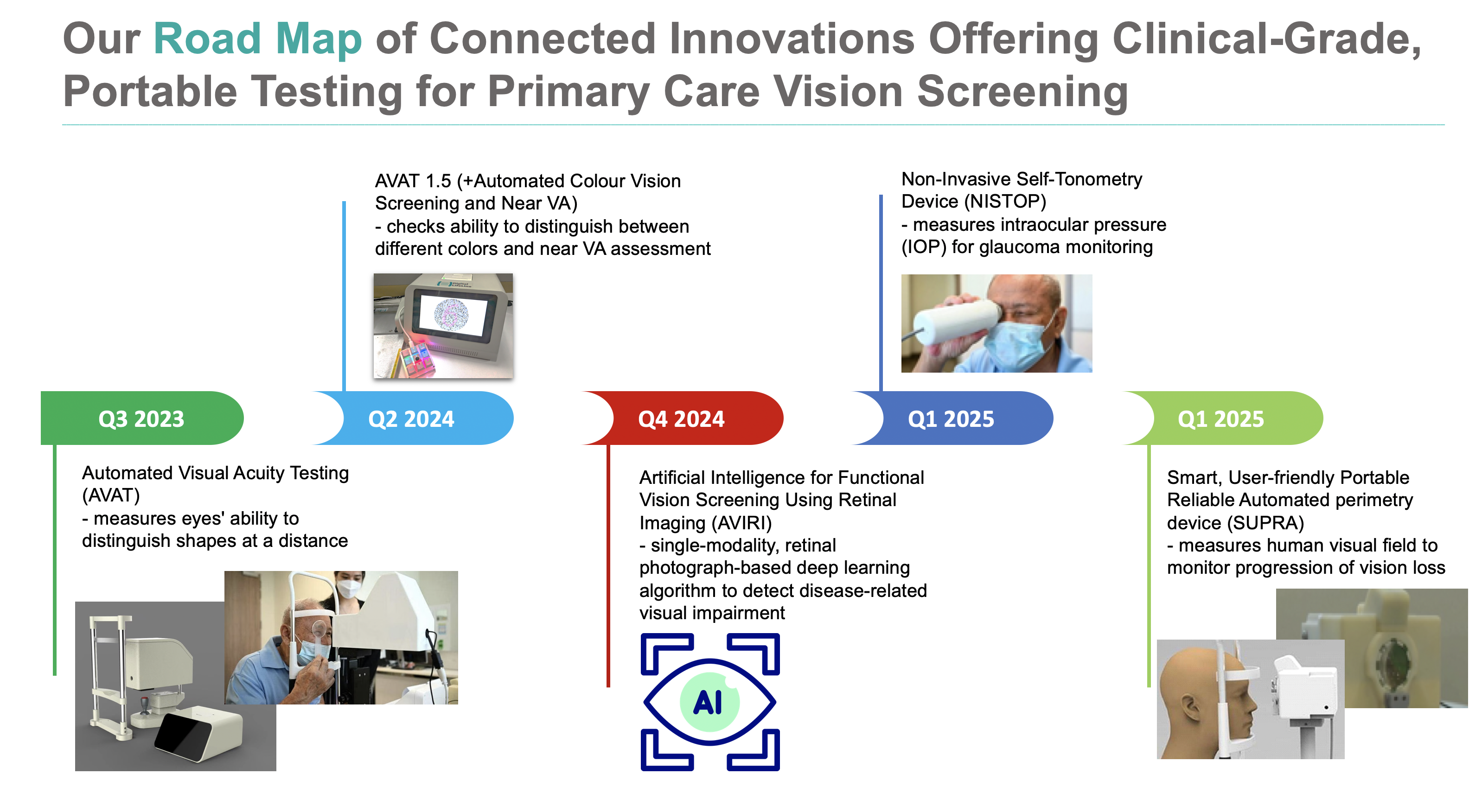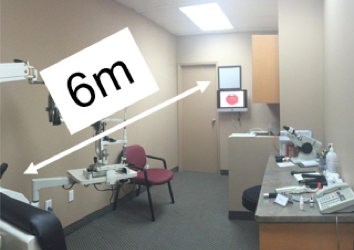AVAT is an self-automated visual acuity testing device that addresses the needs across public hospitals for fast and accurate screening measurements with smaller space occupancy.
AVAT (Automated Visual Acuity Testing) aims to decentralize eye screening and disease monitoring, meeting the rising demand for accessible care. By automating visual acuity tests, AVAT efficiently scales up testing, minimizes costs, and optimizes manpower resources. The device addresses current challenges by providing a streamlined, cost-effective, and accessible solution for widespread visual acuity testing.
Increasing Demand for Vision Screening Market
According to PharmiWeb.com, the vision screening market is anticipated to exceed US$815.2 million by 20291.
Population growth, digital eye strain, rising prevalence of diabetes, and ageing are expected to increase the risk that more people acquire vision impairment, highlighting the urgent need for early screening to slow down vision loss and blindness.
180,000
Singapore – Approximate number of people aged above 60 who have visual impairment. This number is expected to double by 2030.
2.2 billion
Global – Approximate number of people who have vision impairment, with at least 1 billion (50%) in which vision impairment could have been prevented with early detection. This is estimated to cost the global economy over US$3 trillion every year in lost productivity and health and social care2.
Existing Infrastructure Cannot Cope with Increased Demand

Problem: Current vision screening devices are costly, require large spaces for use, and need to be supervised by trained staff, which limits testing productivity and creates long wait-times. With worsening manpower shortages, existing infrastructure does not have a saleable approach to meet the increased demand for vision testing.
|
Screening equipment is bulky and expensive |
Visual acuity test requires space |
Manual vision screening |
Benefit
| Product | Benefit | ||||
|
|
Automated Visual Acuity Testing.
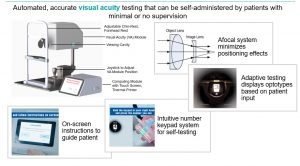
AVAT Testing Workflow

AVAT 1.0 Clinical Performance
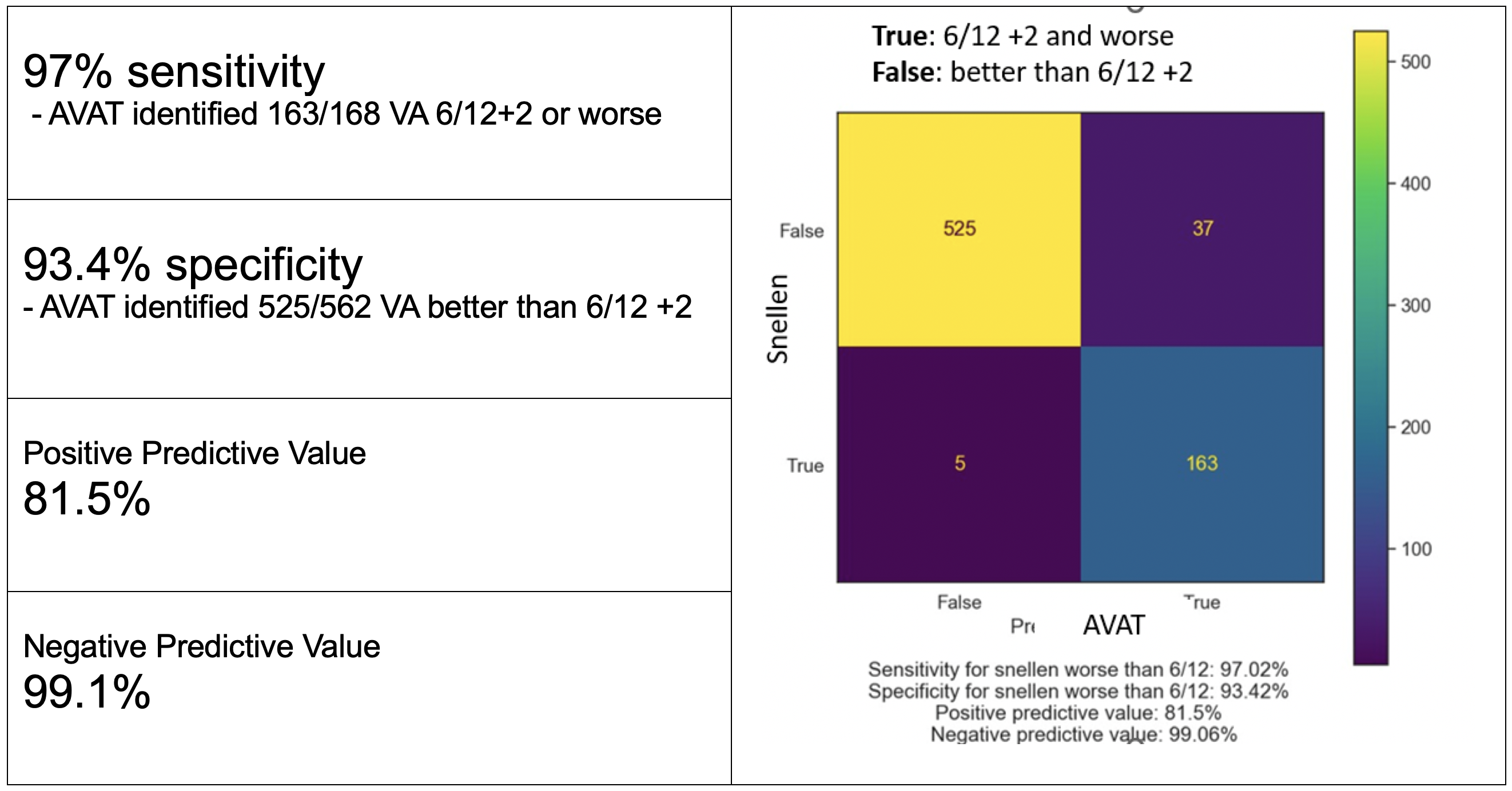
Pinhole Testing

Why AVAT?
- Afocal lens technology and adaptive computer algorithm provide clinical-grade accuracy, validated at public eye specialist centres in Singapore.
- Small physical footprint – 4 times reduction in size means more VA testing can be performed without increasing floorspace or manpower.
- Easy, intuitive test workflow for self-testing with minimal or no supervision eliminates the need for skilled operators to administer test.
- VA testing can be performed at any time in hospitals and community (schools, GPs) to offer comprehensive, convenient screening.
- Results can be seamlessly integrated in existing electronic medical records or secured cloud storage for easy retrieval and removes human error.
Deployment Strategy
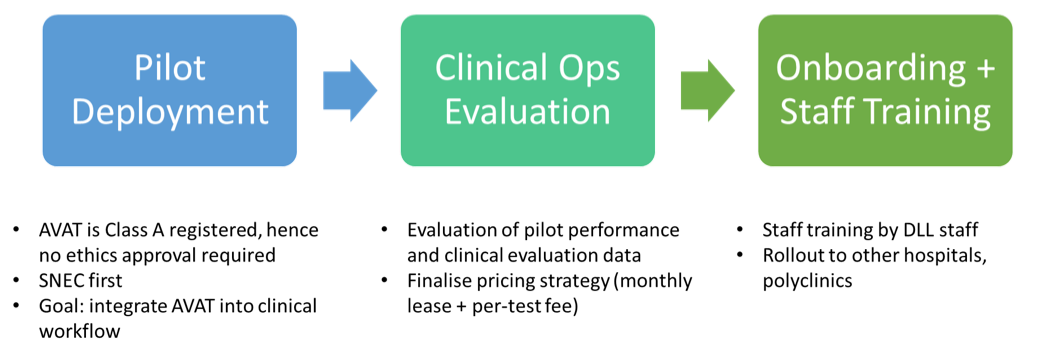
Summary

- DLL vision screening devices are accurate and complement existing vision screening workflow by:
- freeing up space, manpower resources
- allowing self-administered testing with no supervision
- require small footprint
- Ideal for deployment in community for early detection and regular monitoring to prevent irreversible vision loss.
- Demonstrates high levels of satisfaction and useability.
Our Road Map
